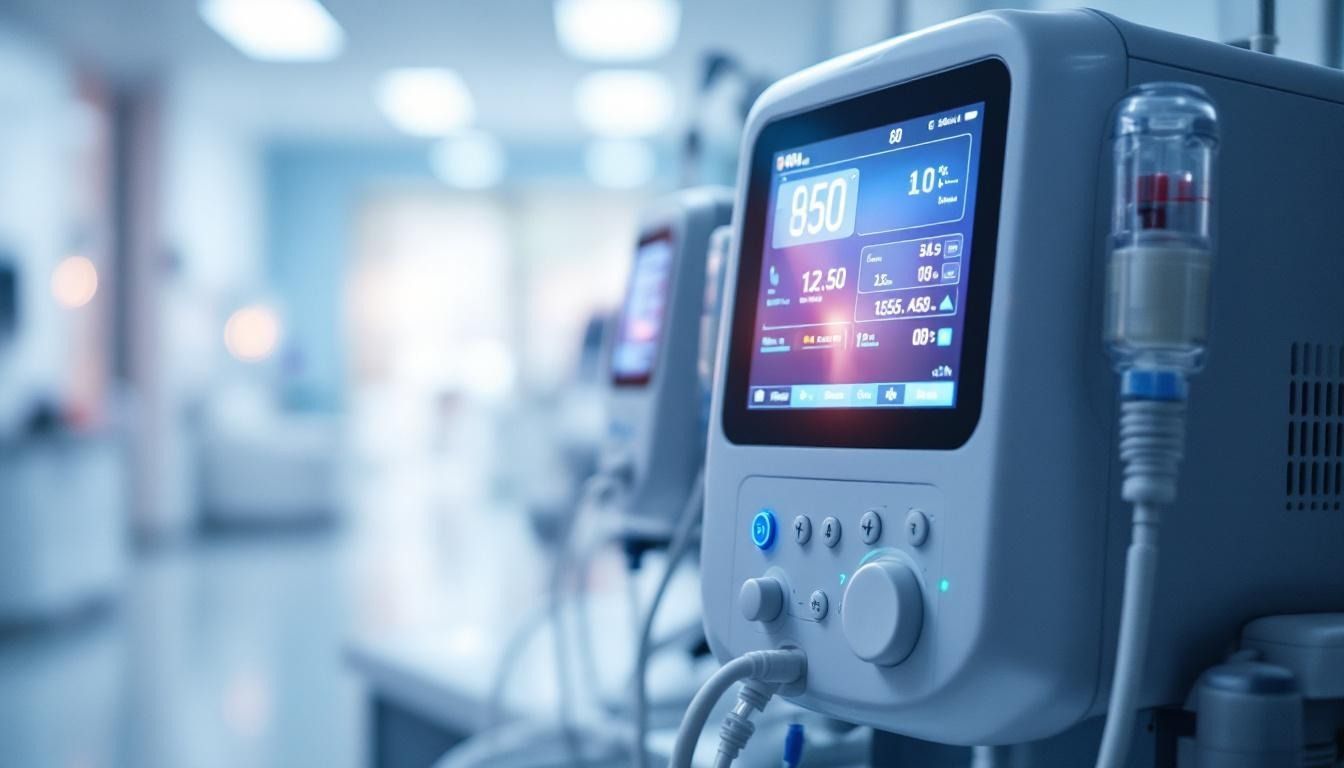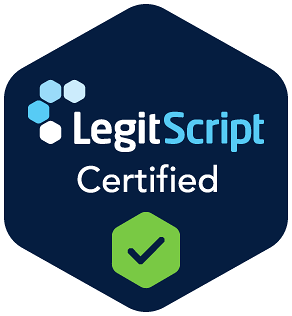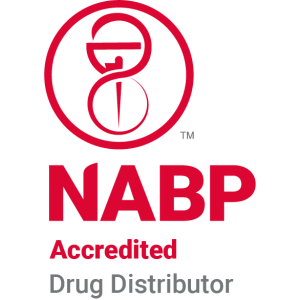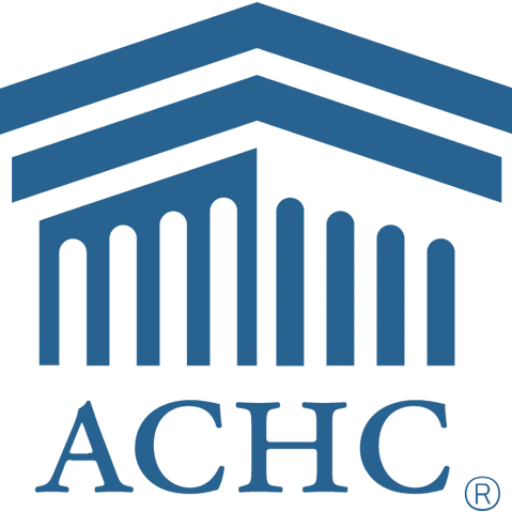Advantages of IV hydration at home
With the increasing demand for health and wellness solutions in the comfort of one's home, at-home IV hydration therapy has emerged as a popular option. Offering the promise of rapid nutrient delivery and convenience, this therapy is gaining attention. But what are the true benefits, and is it right for everyone? This article delves into the key advantages of at-home IV hydration, exploring its implications for health, wellness, and medical necessity.
Efficiency and Speed: The Key Advantages
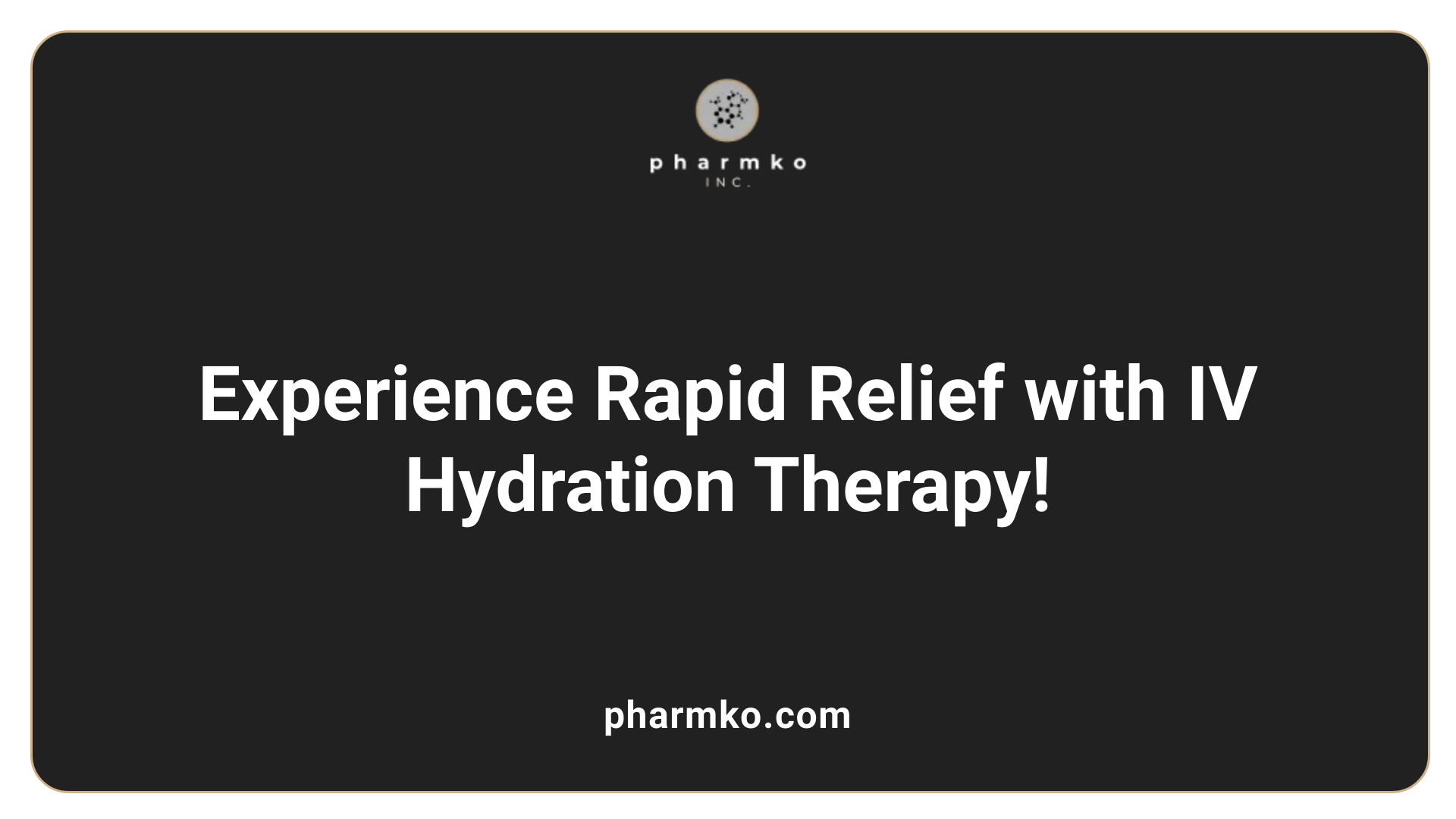
Rapid hydration and nutrient delivery
IV hydration therapy boasts a significant advantage in terms of speed and efficiency. By delivering fluids directly into the bloodstream, IV therapy ensures that hydration and essential nutrients are made available for immediate use by the body. This method bypasses the gastrointestinal system entirely, which means no delays due to digestion or absorption. For those suffering from severe dehydration, illness, or nausea, IV therapy can provide quick relief, especially when oral intake is not an option.
Additionally, intravenous treatments can be customized to meet an individual’s specific health needs, which can include tailored blends of electrolytes, vitamins, and medications. This personalized approach helps optimize health outcomes and recovery from various conditions, making IV therapy an efficient choice for fluid replenishment.
Comparison with oral hydration
When comparing IV hydration with traditional oral hydration methods, the differences become clear. Drinking water and oral fluids involve a process of absorption that can take time, significantly slowing the replenishment of vital fluids. This is particularly true for individuals with gastrointestinal issues that impede nutrient absorption, where IV therapy offers a viable solution.
Moreover, studies have shown that IV hydration offers a faster method of rehydration and nutrient absorption than conventional drinking methods. With typical oral hydration, as a result of the time needed for fluids to travel through the digestive tract, recovery from dehydration or nutrient depletion can be considerably extended. In contrast, many users of IV hydration report feeling immediate benefits, a testament to the rapid action of intravenous delivery.
| Feature | IV Hydration | Oral Hydration |
|---|---|---|
| Delivery Method | Directly into bloodstream | Through digestive system |
| Speed of Hydration | Immediate | Slower due to absorption |
| Customization | Tailored to individual needs | Limited to available options |
| Viability in Illness | Effective under various ailments | Not always feasible |
Health Improvements Through Home IV Therapy
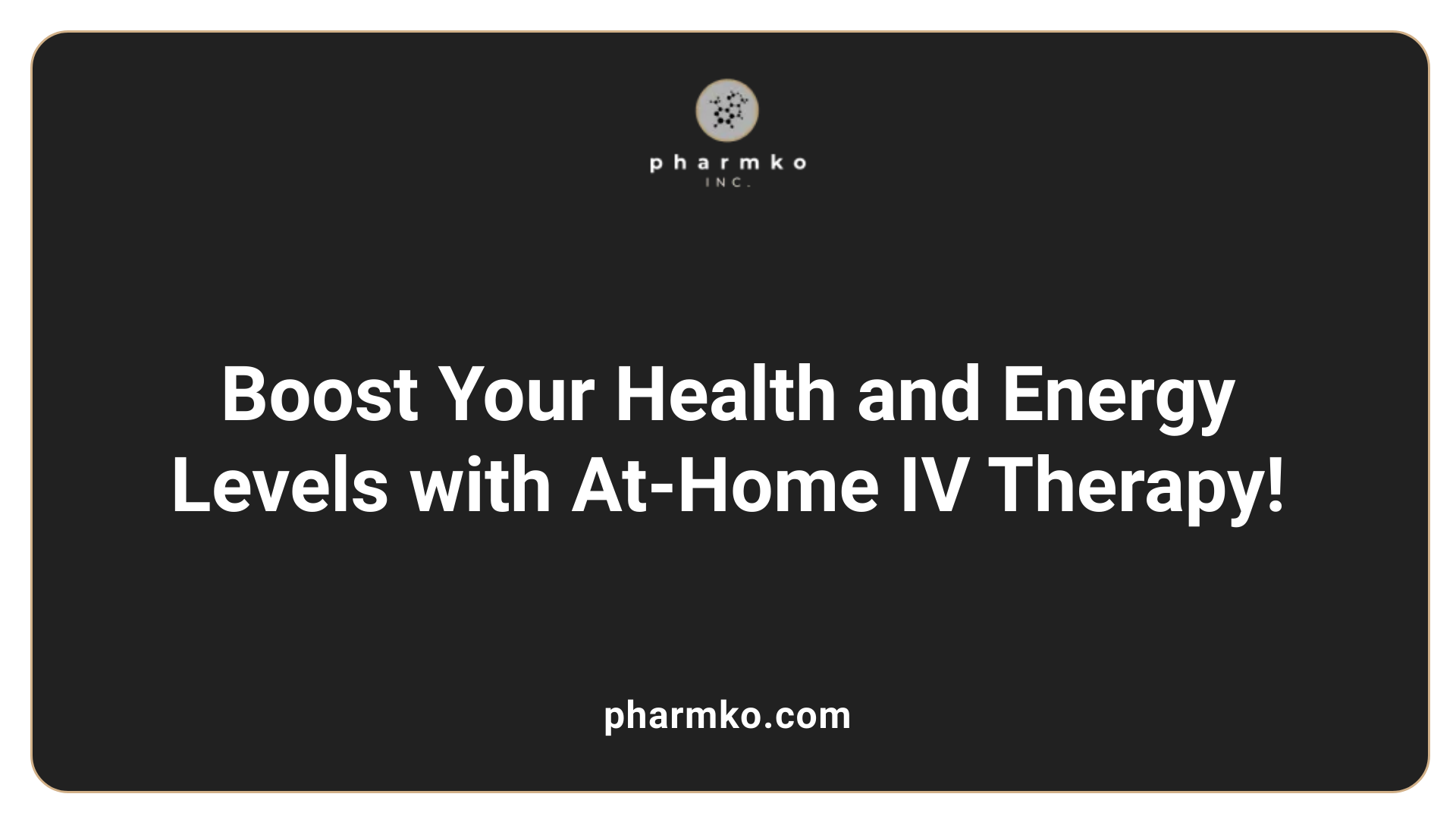
What health improvements and symptoms can IV hydration alleviate?
IV hydration therapy is designed to enhance overall health by effectively addressing dehydration and supporting nutrient absorption. This method is particularly beneficial for individuals grappling with digestive issues or malabsorption problems. Common symptoms of dehydration, such as headaches, fatigue, dry mouth, and cognitive fog, can be significantly alleviated through this treatment.
Vitamin IV therapies, including popular options like the Myers' cocktail, provide essential vitamins and minerals. This not only helps improve recovery times but also enhances overall wellbeing, especially for cancer patients battling fatigue during treatment. Furthermore, the therapy can encourage red blood cell production and bolster the immune system, giving patients added protection against illnesses and reducing the frequency of infections.
The direct delivery of fluids and nutrients into the bloodstream allows individuals to experience quicker relief from their symptoms. Overall, at-home IV hydration therapy offers a rapid and effective strategy to boost health, tackle diverse symptoms, and improve quality of life.
How does IV nutrient absorption impact energy levels?
One major advantage of IV hydration is the enhanced absorption of nutrients. Unlike oral supplements, which can lose potency during digestion, IV therapy ensures 100% nutrient absorption directly into the bloodstream. This efficient delivery system significantly boosts energy levels, making it especially beneficial for those recovering from illness or undergoing severe fatigue due to rigorous activities or treatments like chemotherapy.
Incorporating vital nutrients and electrolytes through IV therapy can replenish depleted energy reserves and support vital organ function. Whether aiming to improve athletic performance or recover from everyday fatigue, the customized blends of fluids, vitamins, and minerals provided in at-home IV hydration can foster higher energy levels and overall vitality, allowing individuals to bounce back quicker to their daily routines.
Suitability and Health Conditions Addressed
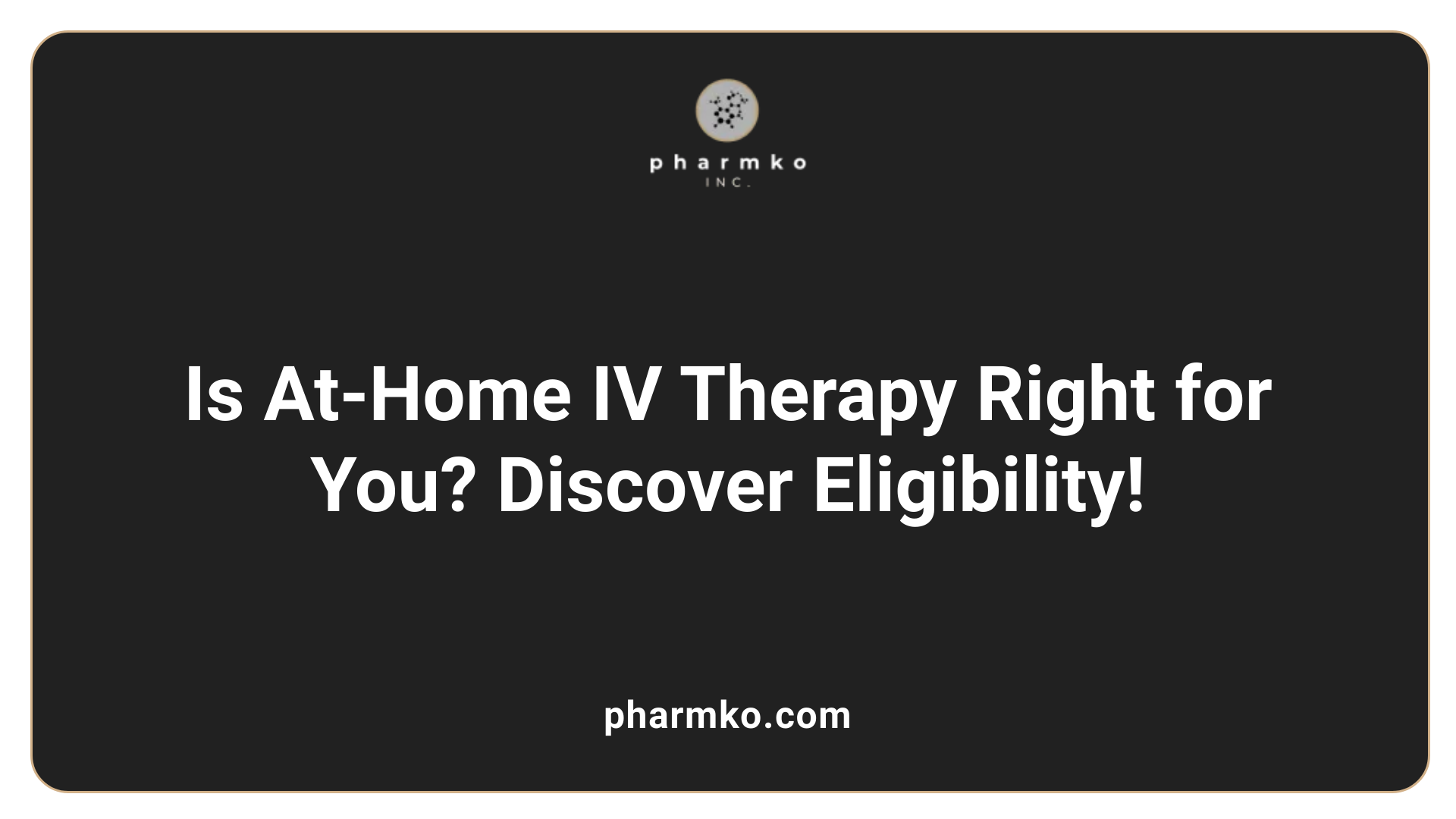
Eligibility for at-home IV therapy
At-home IV hydration therapy is specifically beneficial for individuals who cannot consume fluids or medications effectively due to various health issues. Conditions such as severe vomiting or diarrhea, particularly in patients undergoing chemotherapy, can make oral intake challenging.
Additionally, pregnant women experiencing Hyperemesis Gravidarum may also require at-home IV treatment. For patients needing high doses of medications such as antibiotics or hormonal therapies, a doctor may prescribe this type of care.
Such therapies are provided by trained healthcare professionals who monitor patient health throughout the treatment process, ensuring that any potential complications can be swiftly addressed.
While non-medical uses of IV hydration are on the rise, medical necessity remains a priority in deciding eligibility for at-home therapy.
Medical conditions benefiting from IV hydration
IV hydration can address several medical conditions effectively due to its efficient delivery system. Commonly cited uses include:
- Severe dehydration: Particularly helpful following illness or extensive physical activity.
- Nutrient deficiencies: Suitable for individuals with gastrointestinal disorders preventing adequate nutrient absorption.
- Chronic migraines: Targeting relief through a combination of hydration and essential nutrients.
- Recovery from chemotherapy: Alleviates symptoms like extreme fatigue and nausea while providing hydration.
- Flu symptoms: Administered to support immune health and rapid recovery.
IV therapy is tailored to meet individual health needs, utilizing specific vitamins and minerals to promote overall wellness effectively.
Weighing the Risks: What You Need to Know
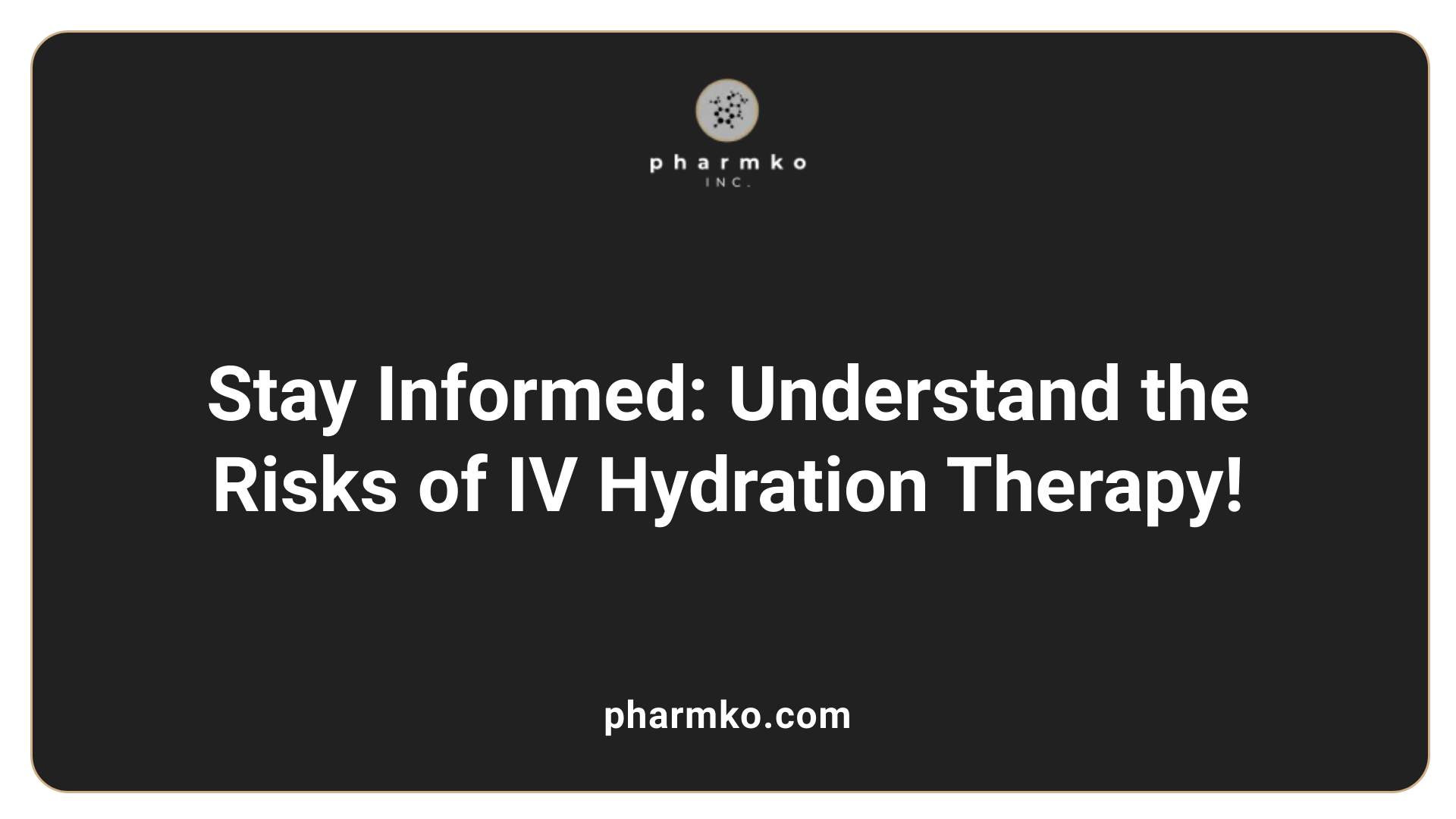
Are there any risks or disadvantages associated with IV hydration therapy?
IV hydration therapy, while beneficial, is not without its potential downsides. Risks include:
- Infections : A major concern when inserting a needle into the skin, especially if proper protocols aren’t followed.
- Bruising and Inflammation : Common at the injection site, often a result of the cannula being in place.
- Allergic Reactions : Possible if the individual is sensitive to any of the materials used or fluids administered.
- Hematomas : Blood leakage around the vein can cause swelling.
- Blood Clots and Cellulitis : Rare but serious complications that can occur with prolonged IV use.
In addition to these, overhydration is a critical risk, where excess fluid can cause pulmonary edema, leading to respiratory distress. Other complications might include neurological injuries caused by disrupted serum sodium levels if incorrect fluids are administered. Furthermore, those already experiencing health issues could be at higher risk for poor circulation and decreased organ perfusion if IV fluids are inadequately calculated.
Professional supervision and safety
Given these risks, professional supervision is essential . Only trained personnel should handle IV treatments to ensure safe insertion and monitoring throughout the process. This controlled environment significantly decreases the likelihood of complications, ensuring that the therapy remains an effective and safe option for rehydration and nutrient delivery. Consulting with healthcare professionals can help align individual needs with suitable IV solutions, adding a layer of safety to this therapy.
The Medical Perspective on At-Home IV Hydration
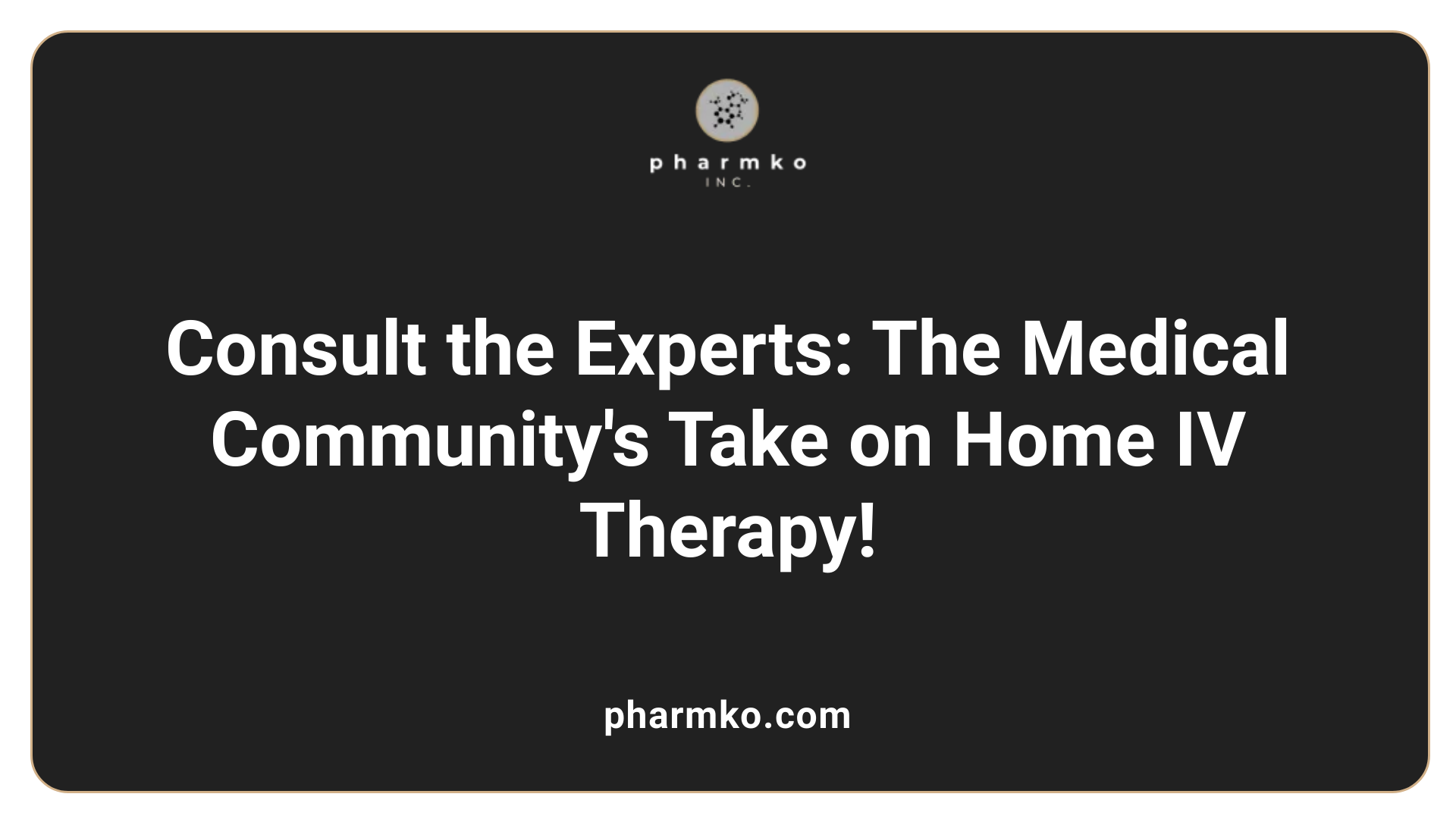
What does the medical community say about the effectiveness of at-home IV hydration treatments?
The exploration of at-home IV hydration treatments has gained traction in recent years, with medical professionals weighing their effectiveness against potential risks. IV therapy facilitates rapid hydration and nutrient delivery directly into the bloodstream, making it a promising option for individuals with digestive disorders or those requiring immediate rehydration after significant illness or exertion.
However, there are significant cautionary notes emphasized by the medical community. Concerns regarding safety arise due to the invasive nature of intravenous procedures. Complications such as infections, fluid overload, and allergic reactions can occur, underscoring the importance of professional oversight.
Convenience and patient satisfaction
At-home IV hydration provides a level of convenience that many patients appreciate. Treatments can be administered in a familiar setting, avoiding the stress often associated with clinical environments. Additionally, such therapies can offer tailored solutions, aligning with individual health goals and needs. Several patients report feeling a noticeable improvement in their energy levels and hydration status after receiving these treatments, suggesting a level of patient satisfaction that may be hard to replicate with oral hydration methods alone.
In essence, while the immediate benefits of at-home IV hydration may be appealing, the necessity of consulting with healthcare providers remains vital to ensure suitability and safety for individual conditions. Enhanced knowledge among patients can foster informed decisions tailored to their health requirements.
The Experience and Comfort of Home IV Therapy
Can IV hydration therapy be administered at home, and what are its benefits?
Yes, IV hydration therapy can be administered at home under professional guidance. This approach allows patients to receive essential fluids or medications conveniently in a familiar environment, reducing the stress associated with clinical settings. Patients benefit from tailored treatment plans crafted by licensed healthcare professionals, such as registered nurses and clinical pharmacists, ensuring their individual health needs are met.
At-home IV therapy is especially advantageous for those who may require intensive treatment, such as high doses of antibiotics or essential nutritional support through Total Parenteral Nutrition (TPN). The ability to receive care in the comfort of home not only enhances relaxation but also supports quicker recovery, particularly for patients dealing with severe symptoms or recovering from hospital stays.
Furthermore, the experienced team overseeing the therapy can promptly monitor and address potential complications, such as inflammation at the IV site or swelling of the veins, making care safer and more effective. Patients often report feeling significantly better after treatment sessions due to the efficient rehydration and nutrient delivery directly into the bloodstream. As a result, home IV hydration therapy stands out as a beneficial option for those needing medical care without the drawbacks of traditional hospital visits.
Final Thoughts on At-Home IV Hydration
At-home IV hydration therapy provides a unique blend of convenience, customization, and efficiency, presenting an appealing option for many seeking health interventions in a familiar environment. While it offers numerous benefits to those with specific medical conditions or lifestyle goals, it is vital to assess the necessity and ensure safety with professional oversight. As the trend continues, individuals should work closely with healthcare providers to navigate the potential advantages and risks of this form of therapy, tailoring it to their unique health needs and circumstances.
References
- Do Direct-Access IV Infusions Offer Health and Wellness Benefits?
- Drip bar: Should you get an IV on demand? - Harvard Health
- 9 Benefits of At-Home IV Hydration Therapy - Vida-Flo
- IV therapy: Uses, benefits, risks, and more - MedicalNewsToday
- Hydration Therapy at Home | Advocate Health Care
- IV Vitamin Therapy: Does It Work? - WebMD
- 6 Major Benefits of IV Hydration Therapy - MI Express Care
- 7 Key Benefits of IV Hydration Therapy - Oxford Urgent Care







